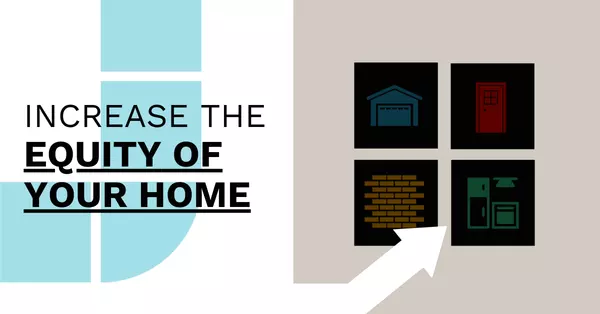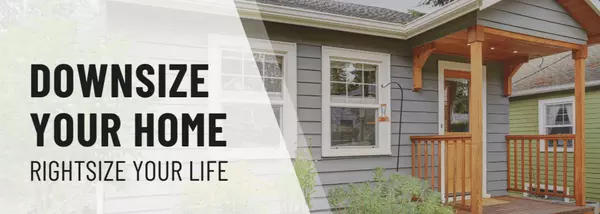

Stress-Free Home Cleaning: 27 Practical Tactics for Busy Households
Keeping a clean and orderly home is a challenge for many of us. Between busy work schedules, social obligations, and family commitments, it’s tough to keep up with daily chores—let alone larger seasonal tasks. The effort is worthwhile, however. A sanitary environment can keep you and your family hea
Read More

My Home Didn’t Sell! Now What?
When it comes to listing their home, most home sellers want three things: 1) to make a lot of money, 2) to put in minimal time and effort, and 3) to sell quickly. But the reality is, selling a home is rarely that simple. And homeowners who try to do it themselves—or receive bad advice—can end up stu
Read More

Top 6 Home Design Trends To Watch in 2023
Over the past few years, many of us have spent extra time at home—and that means we appreciate the personal design touches that make a house cozy and comfortable more than ever. Some of us have adapted our dwellings in new ways, from creating functional home offices to upgrading the appliances we us
Read More
Categories
Recent Posts











